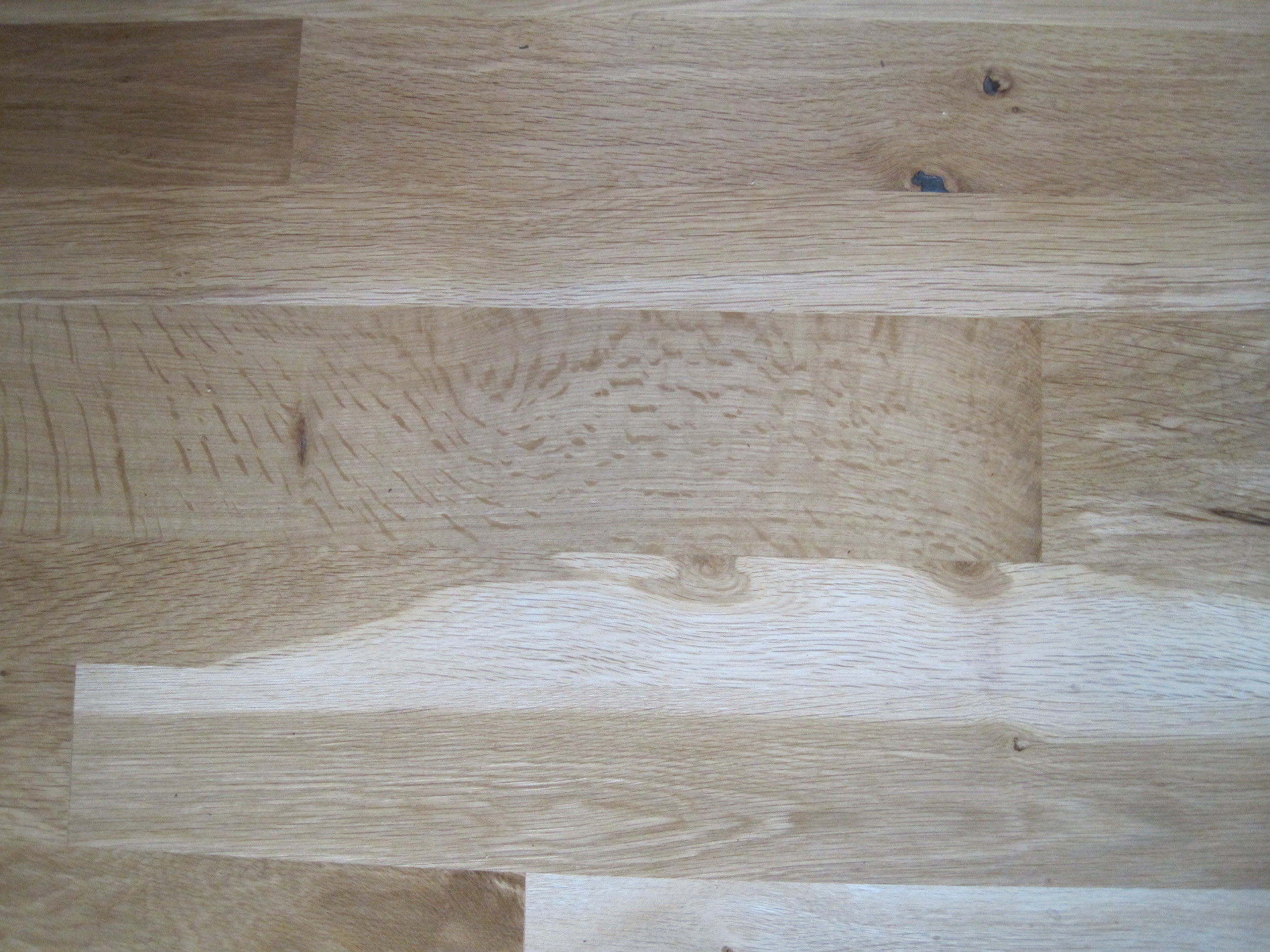What is So Special About Oregon White Oak (Part 3)
I wrote about the history of Oregon White Oak in the Willamette Valley in Part One, and the ecology of Oregon White Oak in Part Two. For the third and final section on Oregon White Oak, I am going to be describing the unique properties of it's lumber.
The Oak tree is one of the most prolific trees in the world including almost 600 separate species, growing in almost every ecosystem imaginable. 90 of those are native to the United States. If anyone is interested in learning more about Oak trees in general, and how completely amazing they are, I suggest reading "Oak" by William Bryant Logan. The Oregon White Oaks grow native along the west coast from Northern California up into British Columbia, with the Willamette Valley residing right in the heart of the oaks range.
What sets Oregon White Oak apart from the rest of its brethren, is the strength and density of its wood. Wood strength is measured many different ways. One of the most common measurements is referred to as "Modulus of Elasticity" This measures a woods ability to bend under force before it breaks. Oregon White Oak is at the top of the charts for bending strength of all of the domestic oaks. For this reason it is often a favorite of wood boat builders as well as artists and sculptors. For oak to work properly as a bending wood, the lumber must be perfectly clear, and the grain must be oriented absolutely straight to the board. If there are any imperfections in the wood, it will break in the bend.
As one of very few mills on the west coast that works with high quality straight grain Oregon White Oak, I have been lucky enough to provide bending wood for a wide variety of boat projects, from small kayaks, sailing ships in Alaska, and a 100' long tall ship in San Francisco Bay.
Since most Oregon White Oak trees have branches and curves, only about 1% of the wood that we saw is suitable for bending. Luckily, Oregon White Oak is also very hard. Hardness is measured on the Janka Scale, and refers to the force need to imbed a steel ball into a piece of wood. Oregon White Oak has a rating of 1660, which puts it at the top of the scale for oaks, and one of the hardest tree species in North America. This makes it very good for flooring. The harder the wood, the less it will wear over time, and an Oregon White Oak floor will last in a house for centuries of use by boots, kids, dogs and scraping furniture. Most of the oak that we cut here at the mill is manufactured into tongue and groove flooring. This is a wonderful way for us to utilize as much of the tree as possible.
Oregon White Oak lumber showcases a wide array of colors and grain patterns, making for a very distinct and beautiful wood. The sapwood is a bright white, and the heartwood is a honey brown gold, creating a visually striking contrast when viewed together.
And sometimes the trees decide to grow with really amazing figure. Every now and then we are lucky enough to find a log that really stands out. The lumber from this log is currently air drying. When it is dry, it will be available for someone to turn into a beautiful piece of furniture.
This brings me to one more thing that makes Oregon White Oak unique. It takes a very very long time to dry. The strength and hardness of this lumber is due to very dense cell walls that form very strong bonds with their neighboring cells. While great for woodworking, this means that it is very hard for the water inside of the cells to get out. For this reason, it takes at least 8 months, and often close to a year to dry an Oregon White Oak board. Drying lumber is a delicate balance. you don't want to dry out the surface too fast. This will create a moisture imbalance between the center of the wood and the surface, leading to checking and surface defects. Thus the wood has to dry very slowly, allowing the center to lose its water almost as fast as the surface. Stay tuned for a future blog post about the art of drying lumber.



